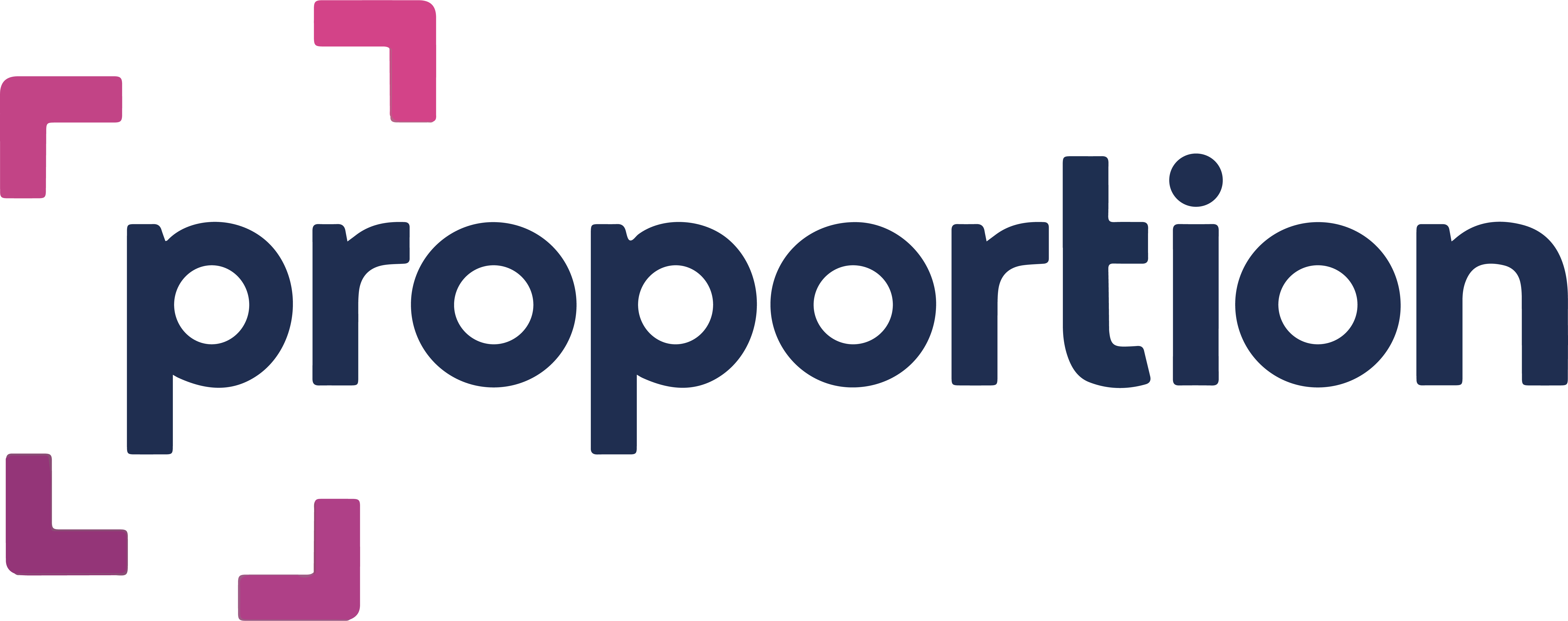
Birth registration in Uganda
Situation
The rate of birth registration in rural, urban and refugee settlements in Uganda is low. Based on a study from 2014, only 7.8% of Uganda’s children can be considered duly registered citizens or nationals of Uganda. Plan International Uganda had implemented a project with funding from Australia for strengthening Civil registration and Vital Statistics in Uganda in partnership with the Ugandan government. During this project Plan International developed and tested 3 Birth Registration Models:
1. Community Based model for birth registration in the standard + host community context
2. Birth Registration in Emergencies (BRiE) model for continuous registration in the refugee context
3. Registration Drives Model for mass registration and late registration .
The project is implemented in six districts namely Tororo, Adjumani, Lira, Kamuli, Buyende and Alebtong.

Assignment
Plan International requested Proportion to support Plan International in Uganda to evaluation and document the three tested Birth Registration Models. This includes the development of a Business Case and 3 Illustrated Handbooks to support the replication of tested birth registration models in Uganda by local stakeholders. The evaluation was not meant as a traditional M&E study whereby the impact & outcome are compared to a baseline study. This assignment was primarily focusing on qualitative evaluation from a user perspective, capturing the user journey experience of the three models. Leading to insights on what went well and what can be improved in the registration models.
Approach
- Scoping & research preparation: We developed an inception report detailing the design of the 3 birth registration models and developed questions for evaluation. We planned to conduct research activities in two locations: in Tororo for the community-based model and in Adjumani to evaluate the Birth Registration in Emergencies and the Registration Drives in South-Sudanese refugee settlements.
- Field research: A 2-week qualitative research was conducted by two 2 researchers from Proportion (Lisanne de Bakker and Anjoga Humphrey) together with a team from Plan International Uganda and Kenya. Having a joint team not only allowed splitting up and conducting multiple interviews simultaneously, but also helped us reflect each day on our insights and get direct input from the Plan International team. During the field research we spoke to parents who had been sensitized about the registration service, both to those who succeeded in getting a birth certificate for their child, or only registered the birth and those who had done neither. For the community-based model we spoke to the different stakeholders who had a role along the registration process; including chiefs at different government levels, Village Health teams, district planners and hospital staff. For the model focusing on refugee context we spoke to staff of the Refugee Registration team, Settlement commandant, Refugee Welfare Council and hospital staff. In Adjumani, we were able to speak to South-Sudanese parents around the site of food aid distribution. We learned that for many refugees, having a birth certificate for their children is essential to be able to travel back and forth between South-Sudan and Uganda. As this is a reality for most families.
- Data synthesis & developing improved birth registration models We learned that there were many differences between how each of the birth registration models were designed and how they were implemented. Our work helped to gather all best practices that had been formed during the testing of the models and identify remaining gaps.This led to a series of co-creative workshops with Plan International to improve the 3 models. We used process flow charts to define the specific activities for each stakeholder in the process. (See picture)

4. Developing business case, evaluation report and Handbooks All insights were used to develop our final deliverables.
Results
- Business Case The Business Case documented the current birth registration process and associated challenges in Uganda in the standard and refugee context and explained the 3 Tested Registration Models to enable other stakeholders to replicate the models in the future. The documentation focused on recognizing good practices, lessons and success stories arising from the implementation of project objectives during the last three years. The Business Case was intended primarily for external communication towards government organizations and their partners to support replication.
- Final Evaluation The purpose of the final evaluation was to assess the performance of the 3 different models as per planned outcomes, the possible sustainability of each model after the project ends and to list the recommendations for next steps. The Final Evaluation was meant primarily for internal use by Plan International and for communication towards donors and to compliment the business case.
- Handbooks The Handbooks were easy-to-use tools to support the Ugandan government and other organizations in implementing the birth registration models. It described the step-by-step illustrated process with tips and tricks for the key actors in implementation based on the lessons learnt from the evaluation. The Handbooks can be used as a resource to train implementing staff members and support them in their day-to-day work to implement the models.

This project was commissioned by Proportion Global for client, Plan International and performed by Lisanne, a member of the Proportion Global community. If you’ve enjoyed reading this case and want to dive deeper, we’d love to hear from you and we will connect you with relevant designers like Lisanne, who worked on this project Contact Us


Responses